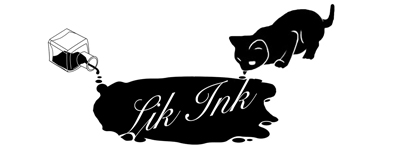Posted on Sunday 20 2015
In August 2015, I was helping someone do research at the remarkable ONE National Gay & Lesbian Archives at the University of Southern California.
Eventually, I was presented with this boxful of materials.
The ONE archive is extensive, encompassing everything from Gore Vidal novels to “On Our Backs” magazines . . . and everything in between (believe me).
The relation of this boxful of materials to the concerns of LikInk partially consisted of the tangible artifact itself.
Distribution is the obscured but key ingredient in every production, so if we consider pornography within the parameters of clandestine or underground distribution systems, it becomes unavoidably attached to the broader categories of freedom (or conversely suppression) of expression.
This boxful of materials was decidedly D.I.Y. (though the contents are sophisticated, if perverse) and contain folder upon folder of mimeographed or photocopied text, hinting at anonymous but possibly renowned authors and a network of hand-to-hand distribution.
No historical background, date or provenance for this material could be provided by the ONE archive, which left this researcher to consider the technology involved – mimeograph paper and the burnt edges evinced by the earliest photocopying machines – so the approximate origin for this material was probably somewhere between the mid to the late 1960s.
The item above does include a date: 1969. An anecdotal source speculated that this format has its origins in the U.S. Army, where bored service men exploited government issued equipment, providing their fellow soldiers with a viable commodity. Those “original” narratives were then, samizdat-style, readily adapted to other times and places.
Otherwise, one was left to ruminate about the authors themselves, who they were, what ambitions they had, and where they ended up (in related, tangential or completely opposite careers). A literary or academic detective might be able to recognize the hand of an aboveground author.
The narratives themselves are dedicated to homosexual concerns, which also indicates a certain level of affluence, as a benefactor was required to stash and personally archive the fragile material before it was handed over to the safer confines of the university affiliated library.





